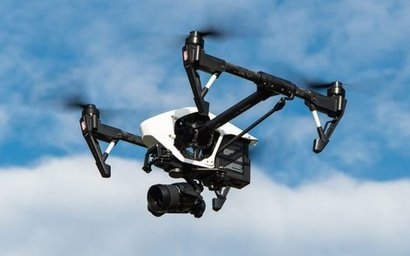
California requires that all homes built after January 2020 must incorporate solar. Scanifly’s solution meets the requirement that solar assessment reports must include real-time imagery. The solution was previously validated in several other key solar states, including New York, Massachusetts and Texas by NYSERDA, MassCEC, and Austin Energy, respectively.
Scanifly has also released the industry’s first horizon shade-analysis tool with a panoramic simulation of the real-world surrounding environment. This feature allows contractors to achieve financing from a host of providers.
“Innovative drone-based tools substantially streamline the solar workflow” said CEO Jason Steinberg. “Drones help solar contactors collect on-site, real-time data without cumbersome tools like ladders and tape measures. Drones boost safety by avoiding roof climbs prior to construction and provide the right balance of speed and accuracy, while respecting social distancing. Many solar contractors are expected to fulfill energy production guarantees - some as high as 90 percent. Achieving these ambitious targets requires impeccable accuracy. Inaccurate output forecasts can be devastating for a company, since any shortfalls on production become drains on project profitability.”
Scanifly's platform helps solar contractors determine dimensions, pitch and azimuth and automate the design process. Scanifly’s shading analysis tools, specifically, are optimised to provide precision data for solar deployment – a feature required by state agencies and documented in this case study. The software has also been proven to be exceedingly accurate and provides a more comprehensive picture than satellite imagery-based tools. Scanifly's tools help quantify shading, determine solar access values and TOF and TSRF, which factor into shading losses and production analysis. The software has a qualitative shading simulation that is visually informative as well.
For additional information:

